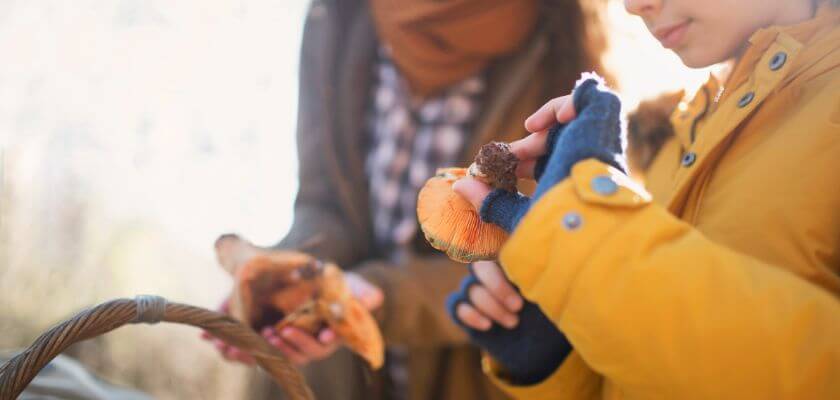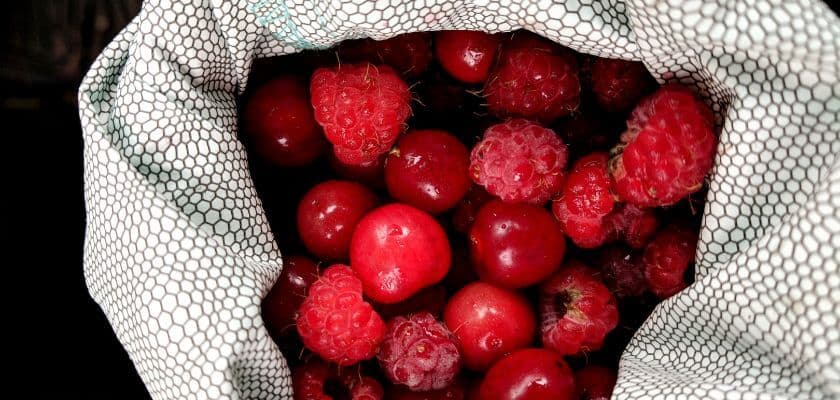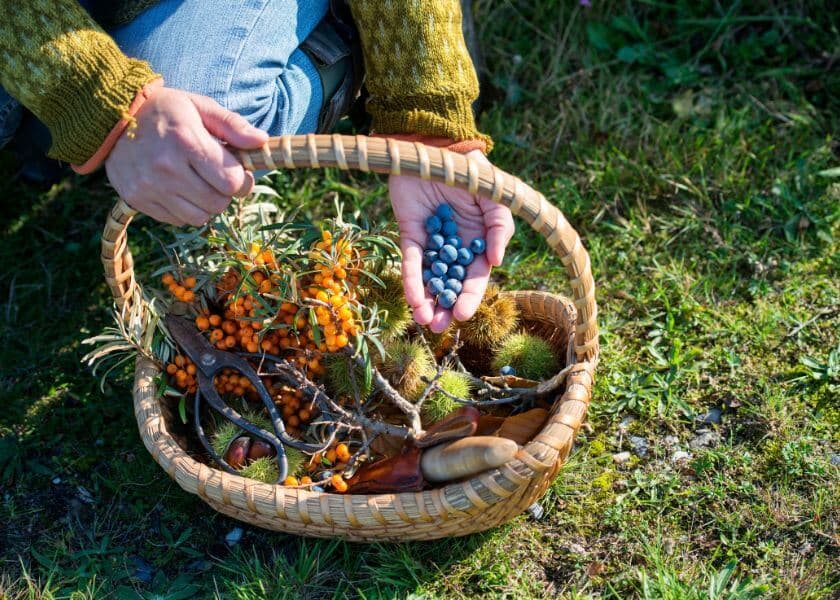You're not alone if you've ever dreamed of stepping into the forest and gathering your own food. Foraging in Maine has become an increasingly popular way to connect with nature. Embrace sustainability, and add a bit of adventure to your time outdoors. Here in Poland, Maine, the area surrounding Wolf Cove Inn offers a wealth of edible plants. You'll also find fungi that make for a unique and unforgettable activity during your stay.
From fiddleheads in early spring to wild berries in summer, the land around Tripp Lake offers variety. It’s a vibrant, seasonal pantry waiting to be discovered. Curious about what's growing nearby? This guide covers some of the most common — and tastiest — wild edibles you might find just beyond the inn's porch.

Edible Surprises Around Tripp Lake
This part of Maine offers many types of foraging experiences, especially near Tripp Lake. Spring kicks off with fiddleheads — those tightly curled, bright green plants. They pop up along damp forest floors. They’re young ostrich ferns, and locals have been steaming, sautéing, and pickling them for generations. Their flavor lands somewhere between asparagus and green beans, and they can be delicious in your dining experience.
Ramps come next. You might smell them before you spot them. These wild leeks pack a punch and make a fantastic base for pesto or a savory breakfast scramble. Their season doesn’t last long, so foragers love finding them early.
Summer foraging brings a whole new lineup. Wild strawberries appear, small, sweet, and tucked low in sunny patches. Blueberries follow. The lowbush variety common in Maine grows close to the ground. You’ll often find it near open trails or rocky outcrops.
Later in the summer, blackberries and raspberries start to ripen. These are easy to spot. You may need to share them with a curious bird or two. Just watch for the thorns.
Each walk through the woods can turn up something different. You don’t need to go far. A little curiosity and a good pair of walking shoes go a long way.
What’s the 1/3 Rule — and Why Does It Matter?
The 1/3 rule is simple but essential. Only harvest a third of what you find. The plant or patch can keep growing, and wildlife still gets their share. It's a small act that keeps summer foraging sustainable.
Picking responsibly means paying attention. Is the plant healthy? Are there plenty left behind? If the answer's yes, go ahead and take just what you'll use. If not, it's better to leave it be and move on.
It's not about filling baskets. It's about walking lightly and enjoying the moment. That mindset turns a stroll into something meaningful.

The Joy of Finding Something Wild
Foraging in Maine does more than fill your basket. It invites you to slow down. You start noticing small things — leaves, shadows, and scents carried on the breeze.
That connection, the feeling of being part of the landscape, stays with you. Foraging in Maine isn’t just about what ends up on your plate. It’s about where you were when you found it, what you heard, what you felt underfoot. It’s the joy of discovery and the satisfaction of knowing the land more intimately.
At Wolf Cove Inn, that experience is waiting outside your door; no gear is needed. Just time, curiosity, and a little wanderlust. It’s a chance to unplug and reconnect with the rhythm of the seasons. And if all you return with is muddy boots and a clear head? That counts, too.
And when the sun finally dips behind the trees, the real magic begins. Grab a blanket, head to the fire pit, let the flames crackle, and let the sounds of the night wash your stress away. We now offer complimentary s’mores, handcrafted by local baker Mel Ponichtera of The Heart Garden — featuring Maine Maple Vanilla, Wild Maine Blueberry, Raspberry Chocolate, and Vanilla Bean.
Book your foraging adventure today. Indulge and let nature surprise you.
Photo Credit: © ClarkandCompany via canva.com, © SrdjanPav via canva.com, © Megan Parker via canva.com

